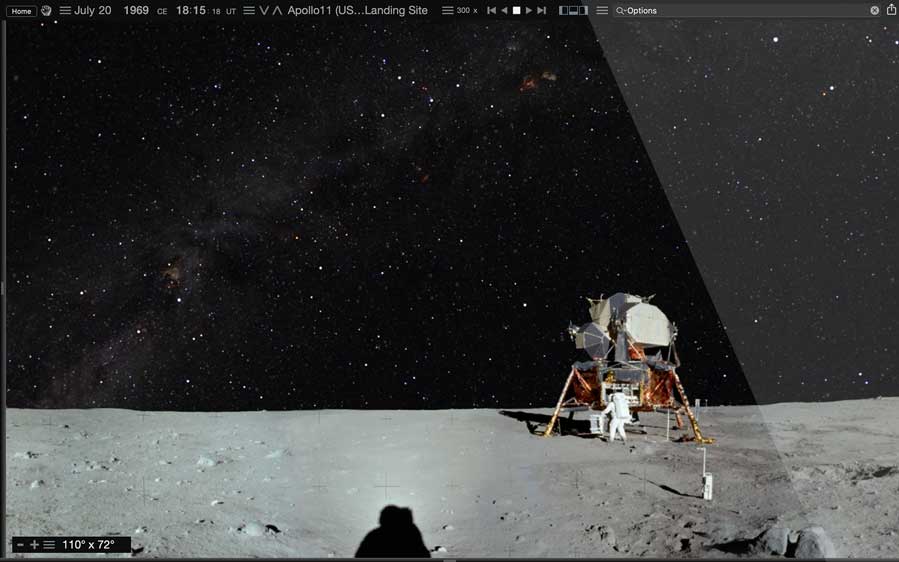

Yet there are differences that are derived from the philosophy and choices the developers have made. I should point out that all of these programs are very good and differences are subtle. Any other course ends up in deep geekdom and frustration. To do that, I've built a comparison chart that summarizes exactly those key ideas that, in my experience, assist with the evaluation of this kind of software. Which program will have terrific appeal, be fun and intuitive to use, which one has the best quality to price ratio, and which one will both easy for a beginner and usable in the long term by a serious amateur astronomer? It's my hope that in doing that, the reader will get a feel for the key ideas that lead to a purchase decision - even if the developer dings me for not pointing out feature number 1,039,877. In the end, however, it's all about the user experience.

One can dig into coordinate transformations and quibble about the choices of algorithms for light bending on the horizon. One can get lost in features and build a giant comparison chart. Each is tremendously complex: requiring a database of a million stars and coordinate transformations to show the user what the sky will look like at at any point in space, on the Earth, and at any time, past or future. There are several approaches one can take in reviewing these products. The question, of course, is which one to buy? All have been around for a long time, each keeps getting better, but it doesn't make sense to own all three.
STARRY NIGHT PRO 3 MAC OS X
The programs reviewed here are: Starry Night Pro Plus by Imaginova, TheSkyX Serious Astronomer Edition by Bisque Software and Voyager by Carina SoftwareĪll are available for either Mac OS X or Windows, and there are various editions of each that span a range in capability and cost. Knowing when constellations of interest rise and set and what's in them is essential for both types of users. Programs like those reviewed here are excellent at introducing newbies to the sky and are also used by amateur astronomers to plan their evening observing schedule. From the website: "The International Year of Astronomy 2009 is a global effort initiated by the International Astronomical Union (IAU) and UNESCO to help the citizens of the world rediscover their place in the Universe through the day- and night-time sky, and thereby engage a personal sense of wonder and discovery."Īs a result, hopefully with the help of local amateur astronomy organizations and magazines like Astronomy and Sky and Telescope, people who want to find out more about their place in the universe will be buying telescopes (or dusting off old ones) and exploring the sky - as we move into spring and summer weather here in the Northern Hemisphere. The year 2009 is the International Year of Astronomy. The three most popular products, all very mature in their development, are evaluated: Starry Night, TheSkyX and Voyager. Uses include introducing novice amateur astronomers to the sky, learning constellations, planning an observing session, and controlling the movement of a telescope via the Mac's USB port. Virtual sky/planetarium astronomy programs can display the sky from most any location and time.


 0 kommentar(er)
0 kommentar(er)
